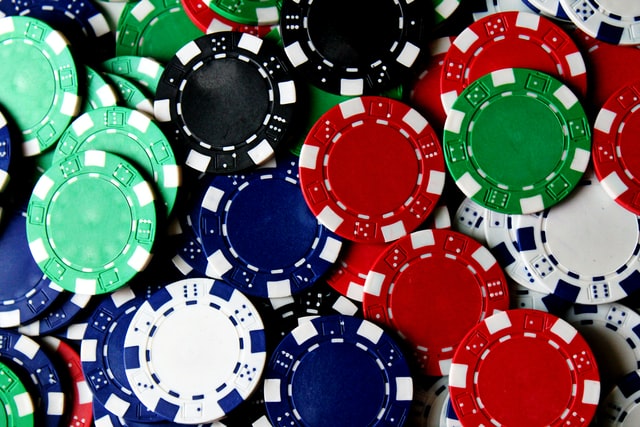In the early 2000s, online poker experienced a global boom. Since then, there’s been a proliferation of quality sites that offer poker platforms that cater to newcomers, mid-range competitors, and long-time pros alike. Even better, platforms like Twitch and YouTube Live let top players stream their games live to subscribers.
Those who started out watching their favorite players come back after a bad beat or topple the tournament favorite often dream of doing the same. When it comes to finding a top poker platform, many players look for a clean interface, solid customer service, and the availability of various tournament types and sizes.
Oftentimes, newcomers who want to play poker online stick to smaller competitions. This is a great way to learn the ropes—but one of the most important features of a quality platform is the overall size of the pool. Global Poker, for example, has over 250,000 players in the US alone.
Players that join the platform have access to a range of tournament sizes, as well as some of the biggest competitions in the industry—along with prize pools. But as a poker player develops their skills and strategies over time, the type of tournament and player pool size that’s right for them will shift.
How can competitors decide which player pool size is right for them? Keep reading below for a basic guide.
Beginner-Friendly: Small to Medium (100-200 competitors)
It’s always best for beginners to start out slow. Those just starting their poker journey should emphasize having fun, observing the action, and logging improvements over time. To do this, it’s best to compete with other beginners, as they’ll play at a similar pace.
Furthermore, it’s easier to try new strategies when competing against other first-timers. Beginners locked into games with professionals will fall prey to advanced tactics, which can be a discouraging experience. It limits their ability to think clearly and find traction in the game.
The Testing Phase: Medium to Large (500-2,000)
Once a poker beginner has put in the hours to memorize card values, attempt various strategies, optimize table seating to their advantage, and overcome a bad beat, they’re ready to start wading into the deep water.
Keep in mind that the majority of poker players fall into the middle-range category. According to the World Series of Poker, there are around 100 million consistent players worldwide—and most of them are average in terms of experience and talent. In other words, they’re hobbyist players who do it for the love of the game.
For these players, entering medium to large tournaments is a good way to test their skills while enjoying the thrill of competition. Keep in mind that companies like the aforementioned Global Poker let players compete for free, which makes tournaments even more accessible.
Boss Level: Large (5,000+)
Those who grind for years and dedicate their free time to studying and playing poker won’t have to be overly selective about tournament size. More often, top players who are on the verge of going pro (or who already have) will often seek out larger tournaments in search of tougher competition, bigger prizes, and, of course, glory.
Poker players who compete at this level have likely studied from their favorite pros, who offer advice on joining tournaments. They know the basics to succeed in large competitions with over 5,000 competitors: start slow, carefully consider the potential of each hand, then exercise patience.
But there are more nuanced considerations for pros of this caliber. While many choose to start slow in large tournaments, there’s often a ‘danger zone’ that comes in the middle of the competition. At this point, pros will shift to play stronger hands rather than speculative ones as they seek to make it into the final stages of the tournament.

